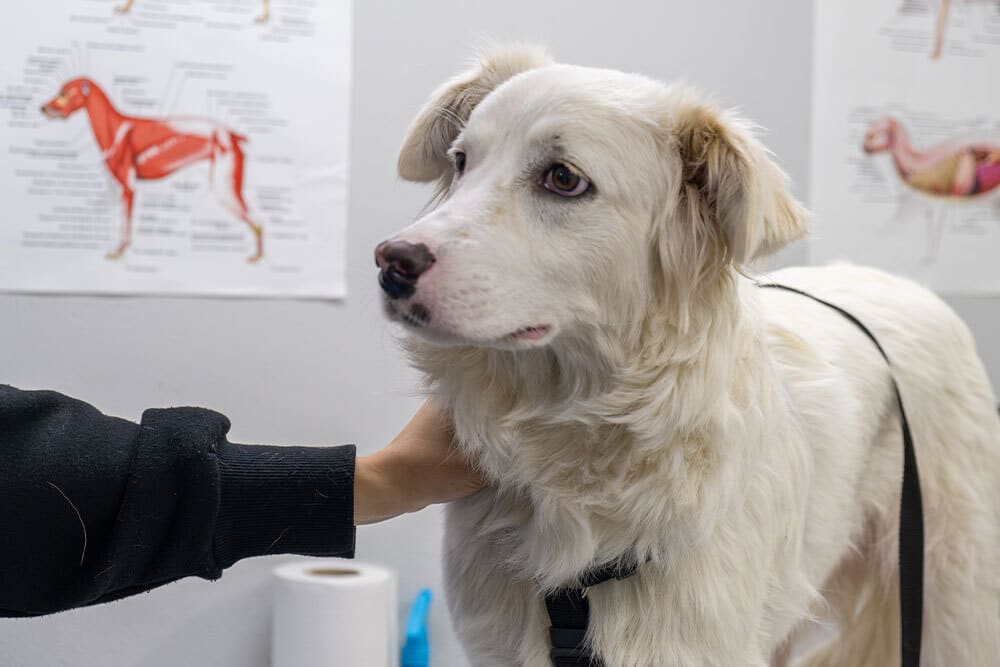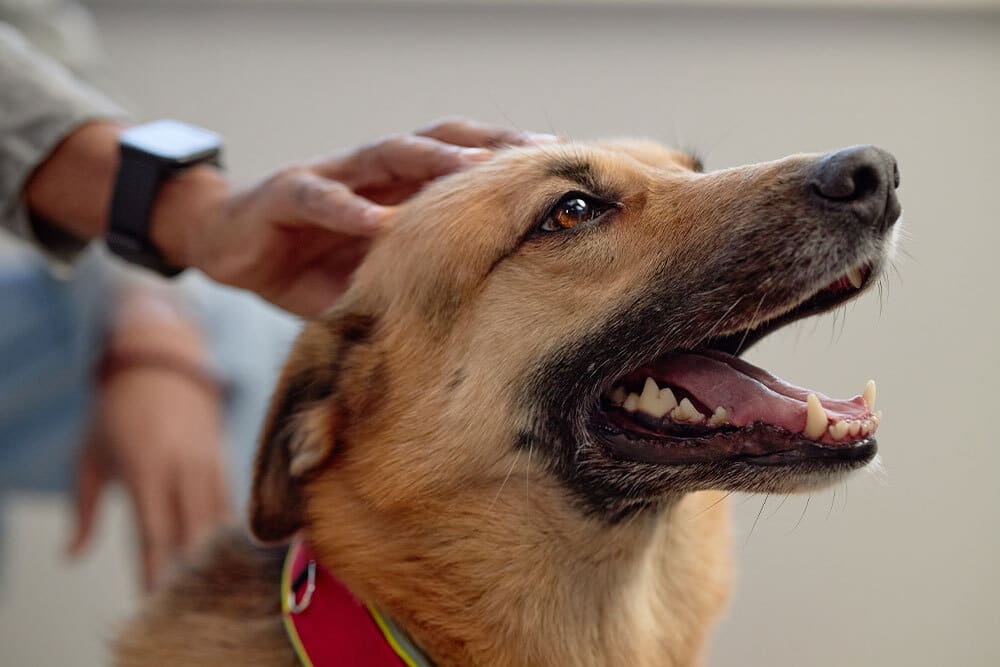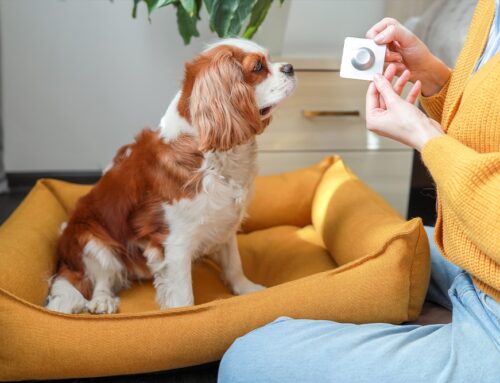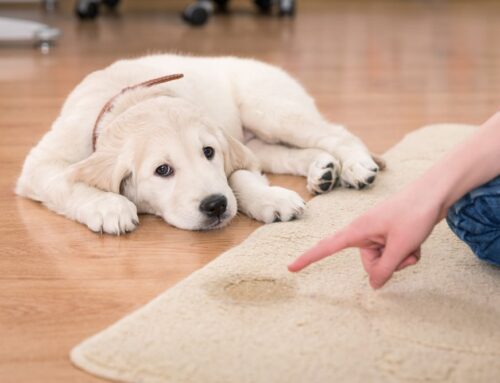At South Shores Pet Clinic in San Pedro, California, we know that your dog’s health is a top priority. Among the most serious threats to canine health—especially in puppies and unvaccinated dogs—is canine parvovirus (CPV). This highly contagious virus can cause life-threatening illness, but with early intervention and proper prevention, it is manageable—and most importantly, preventable.
In this guide, we’ll help you understand what canine parvovirus is, how it spreads, how to recognize symptoms, and what to do if your dog is exposed. We’ll also share essential steps you can take to protect your pet.
What Is Canine Parvovirus?
Canine parvovirus is a highly contagious virus that targets a dog’s gastrointestinal tract and immune system. It is especially dangerous because it:
- Spreads rapidly through direct contact with infected dogs or contaminated environments
- Is shed in feces, meaning even a trace amount left on soil, surfaces, or shared spaces can spread the virus
- Can survive for months in the environment, making it a persistent risk
Learn more about how the virus spreads in this Canine Parvovirus Update – AAHA.
How Dogs Become Infected
The virus spreads primarily via the fecal-oral route. A dog may contract CPV by:
- Sniffing or licking contaminated surfaces (kennel floors, soil, grooming tools)
- Coming into contact with infected dogs or their feces
- Being exposed indirectly through shoes, hands, or shared items like water bowls or leashes
Once inside the body, CPV attacks rapidly dividing cells, especially in the intestinal lining and bone marrow. This leads to severe vomiting, bloody diarrhea, dehydration, and a suppressed immune system, leaving the dog vulnerable to secondary infections.
Recognizing the Signs of Parvovirus
Early Symptoms (3–7 Days Post-Exposure)
- Lethargy or unusual tiredness
- Loss of appetite
- Fever or low body temperature
Advanced Symptoms
- Severe, persistent vomiting
- Foul-smelling, bloody diarrhea
- Dehydration (sunken eyes, dry gums)
- Rapid weight loss
- Abdominal pain and bloating
For more insight into gastrointestinal symptoms, read: Diarrhea in Dogs – Cornell Vet
When to Seek Emergency Veterinary Care
Immediate veterinary care is critical if your dog:
- Has been vomiting for over 24 hours
- Has bloody or persistent diarrhea
- Becomes lethargic, unresponsive, or unable to stand
- Appears bloated or in visible discomfort
For emergency help, see: Emergency Care Resources – AVMA
Diagnosing Parvovirus
Veterinarians diagnose CPV using a combination of tools:
- Physical Examination: Assessing hydration, abdominal pain, and other symptoms
- Fecal ELISA Test: A rapid test that detects CPV antigens in stool
- Blood Work: Identifies low white blood cell counts and organ stress
- Imaging (X-rays or ultrasound): Helps rule out intestinal blockages or other causes of vomiting
Treatment for Canine Parvovirus
Supportive Care Is the Cornerstone
There is no direct antiviral cure for CPV. Treatment focuses on intensive supportive care to help your dog’s body fight off the infection.
What Treatment Typically Involves
- Hospitalization (3–7 days) for IV fluids, electrolyte support, and close monitoring
- Broad-spectrum antibiotics to prevent secondary bacterial infections
- Anti-nausea and pain medications
- Nutritional support, often via syringe feeding or IV nutrition if the dog won’t eat
Details on CPV management: Canine Parvovirus Type 2c (FAQ) – AVMA
Home Care After Treatment
After discharge, recovery may continue at home for several weeks. Care includes:
- Easily digestible diet in small, frequent meals
- Strict isolation from other dogs for at least 4 weeks
- Follow-up exams and repeat blood tests to monitor recovery

How to Prevent Canine Parvovirus
Vaccination: The Most Effective Protection
Vaccination is highly effective in preventing parvovirus infection.
Puppy Vaccine Schedule:
- First dose: 6–8 weeks
- Boosters at 10–12 weeks and 14–16 weeks; some breeds benefit with an additional booster at 18-20 weeks
- Adult booster: 1 year later, then every 1–3 years
More on CPV prevention: Canine Parvovirus Update – AAHA
Avoiding High-Risk Environments
Until your puppy is fully vaccinated:
- Avoid dog parks, grooming salons, kennels, and pet stores
- Limit exposure to unknown dogs
- Clean shoes, hands, and clothing after being around unfamiliar dogs
Cleaning and Disinfection
- Use a bleach solution (1:30 ratio) to disinfect surfaces, floors, and kennels
- Wash all pet bedding, food bowls, and toys regularly
For additional protection steps, see: Preventative Care – South Shores Pet Clinic
Stay Informed, Stay Prepared
Canine parvovirus is a devastating disease, but it is preventable. With routine vaccinations, smart hygiene practices, and quick veterinary intervention at the first sign of illness, your dog has an excellent chance of staying safe and healthy.
At South Shores Pet Clinic, we’re committed to protecting your pet with comprehensive preventive care, rapid diagnostics, and supportive treatment if illness occurs. If you have questions about parvovirus prevention or suspect your dog may be at risk, please don’t wait.
Your dog depends on you. Protect them with knowledge, vigilance, and a commitment to preventive care. We’re here to help.







Leave A Comment